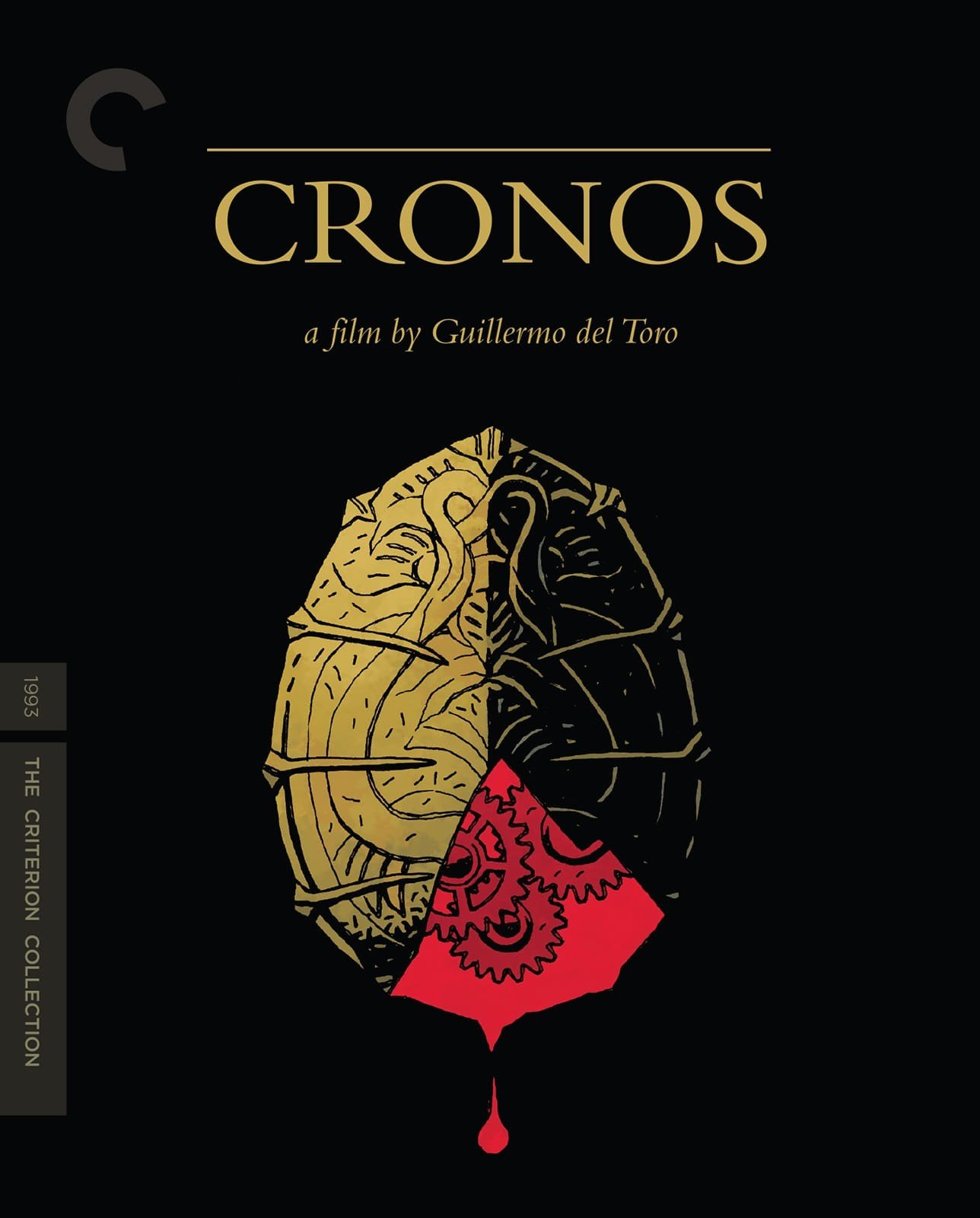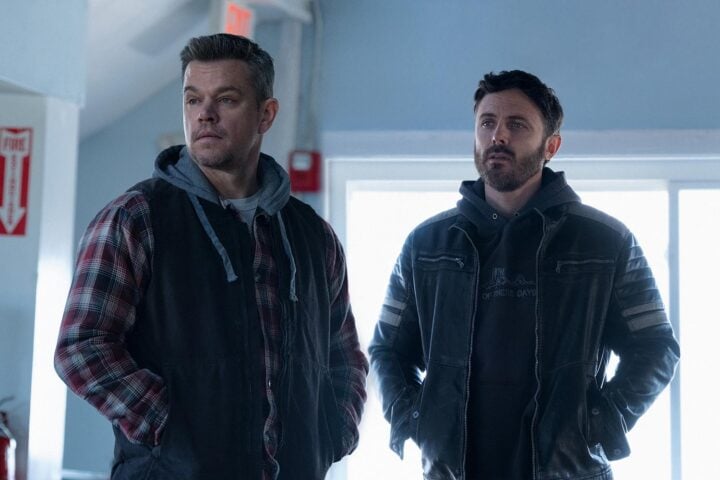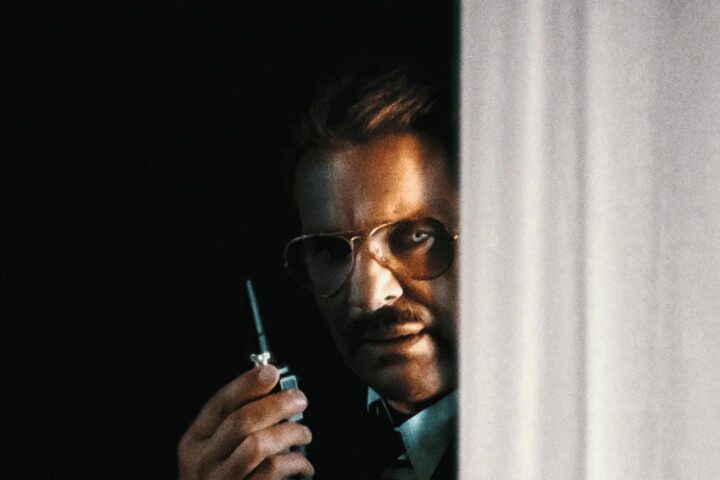 A thin line exists in Guillermo del Toro’s Spanish-language trilogy between exaltation and blasphemy and damnation and transcendence. Over the course of Cronos, The Devil’s Backbone, and Pan’s Labyrinth, characters scurry to justify their wants with religious and political ideology, laundering their wills and longings through cultural precedent.
A thin line exists in Guillermo del Toro’s Spanish-language trilogy between exaltation and blasphemy and damnation and transcendence. Over the course of Cronos, The Devil’s Backbone, and Pan’s Labyrinth, characters scurry to justify their wants with religious and political ideology, laundering their wills and longings through cultural precedent.
Lost in these machinations is an elemental sense of morality, which the supernatural cathartically returns to the fore. This thin line is explicated by a villain in Cronos who likens Jesus to a mosquito, reasoning that both could walk on water, and so humankind was meant to harness the abilities of the insect. The differences between Christ, a savior, and a common parasite seem to be of no consequence, as they’re linked by this aging capitalist for their common wielding of power.
Del Toro is a moralist drawn to the platitudes of parable, and these films, with their prodigiously textured and heavily symbolic references to Catholicism, the Spanish Inquisition, and the Spanish Civil War, are enthralled with the notion of good duking it out with evil, while innocents (women and children) are left to pick up the pieces and are subsequently caught in the crossfire. These self-consciously similar films all liken true bravery to rebirth, which entails the quiet nurturers and closeted warriors on the sidelines of war to quietly tend to infrastructure while men burn the figurative house down in the name of something forgotten.
This tension, most directly embodied by del Toro’s obsession with mechanical imagery (particularly clocks), exists in the art of every gifted formalist, whether said art is filmmaking, music, painting, or writing. True formalists wed their sensibility, their will, with the commonly accepted tropes of their art, forging a personalized expressionism—an act which represents dominion over form. Which is to say that, of course, formalists are attracted to power, whether or not they make a moral issue of it in their work.
Del Toro’s empathy, like that of most horror-minded filmmakers, resides with his villains and monsters (which aren’t interchangeable), as they’re figurative or literal generals like him, wranglers of a populace to serve a common task, as well as deviators from the idealism that essentially shackles del Toro’s imagination—constituting his artistic eating of vegetables. Goodness in del Toro’s films is more often an abstraction, an obliging texture within a grander palette, existing out of need for counterpoint. Despite the screen time accorded to them, the innocent children in The Devil’s Backbone and Pan’s Labyrinth are endearing yet weirdly beside the point—pawns in del Toro’s formal chess set. They aren’t human enough to merit warts.
Of the films in del Toro’s Spanish-language trilogy, Cronos is the most captivating. The film has the sense of play that characterizes the director’s American productions, namely Blade II and the Hellboy features. In these films, del Toro isn’t pressured to dramatize all of Spain’s collected weight of atrocity, and so he’s freed to inform his hunger for mythology and monster movies and literature with audaciously amusing perversity. Cronos lacks the polish of later del Toro works, and it’s all the more lively and moving for its rawness—for the way its shoestring surreal-ness corresponds loosely and tellingly with the protagonists’ desires.
The Cronos device, a golden scarab housing a timeless insect that curses people with the powers and limitations of non-traditional vampires, remains one of del Toro’s greatest creations, its ironic regality commenting elegantly and subtly on the God-defying entitlement that yielded its creation, enslaving a creature into a cage for others’ power, cursed to live potentially forever as a “biological filter.” The creature enacts its own revenge, reducing men to leeches who, say, suck bathroom floors of blood, lapping the fluid up desperately like a dog from a dish.
Later, when the story’s hero, Jesús (Federico Luppi), is granted his first opportunity for sweet death, he hangs upside down half-conscious from a wrecked car—an image that del Toro frames so as to simultaneously suggest vampire bats and inverted crucifixion. Before Jesús is thrust into this situation, his would-be killer, Angel (Ron Perlman), lays on him affectionately, seemingly amused by their plight. It’s one of those sweet, mysterious moments which del Toro often grants his creatures but which belongs, in this film, to the humans.
Image/Sound
The new 4K digital restoration of Cronos, supervised and approved by Guillermo del Toro, lives and breathes with a newfound sense of luster and decay. Those colors that del Toro is so fond of—gold, blue, magenta, and cayenne—are robust and rich, while blacks are deep and foreboding. In addition to the more tactile sense of actors’ facial features, there’s now a heightened sense of rot in the film, a pristine awareness of the sharp, angular imagery of cityscapes and industrial settings that intensifies its brutal mixing of tragedy, pathos, and humor. (The Cronos device itself is a visual stand-out, as that yellow really pops.) The 2.0 surround DTS-HD Master Audio soundtrack is no less remarkable, highlighting del Toro’s tendency to establish character detail through the smallest noises and giving Javier Álvarez’s score a newly lush lease on life.
Extras
The grand takeaway of the two commentaries included here—one featuring del Toro, the other producers Arthur H. Gorson and Bertha Navarro and co-producer Alejandro Springall—is their elucidation of del Toro’s hunger for texture, and his willingness to work and push himself and his collaborators to achieve it. Del Toro, a filmmaker who’s remarkably comfortable discussing every facet of his methods, discusses the influence of alchemy on the film’s aesthetic, ruminating on the notion of distillation as the drive of the science, which influenced the chalky skin of the vampires, among other things. He’s a profoundly erudite man, a walking encyclopedia of culture, particularly pertaining to myths, folklore, world history, and cinema.
Also included on this release, alongside an interview with del Toro, is “Geometria,” a hilariously ridiculous and violent short that the filmmaker made in 1987 but wasn’t finished until 2010. Elsewhere, “Welcome to Bleak House” offers us a tour of del Toro’s mind-bogglingly cool “cabinet of curiosities”—a museum’s worth of books, props, paintings, and more—inside his Los Angeles. Rounding things out on the disc are short but revelatory interviews with key cast and crew, including Ron Perlman and del Toro, a stills gallery, and a theatrical trailer. Last but not least, the booklet comes with a hauntingly designed booklet featuring a stellar essay by film critic Maitland McDonough, as well as the director’s written notes on the film.
Overall
Guillermo del Toro himself says it best: “Cronos is an exploded view of my brain.”
Since 2001, we've brought you uncompromising, candid takes on the world of film, music, television, video games, theater, and more. Independently owned and operated publications like Slant have been hit hard in recent years, but we’re committed to keeping our content free and accessible—meaning no paywalls or fees.
If you like what we do, please consider subscribing to our Patreon or making a donation.





